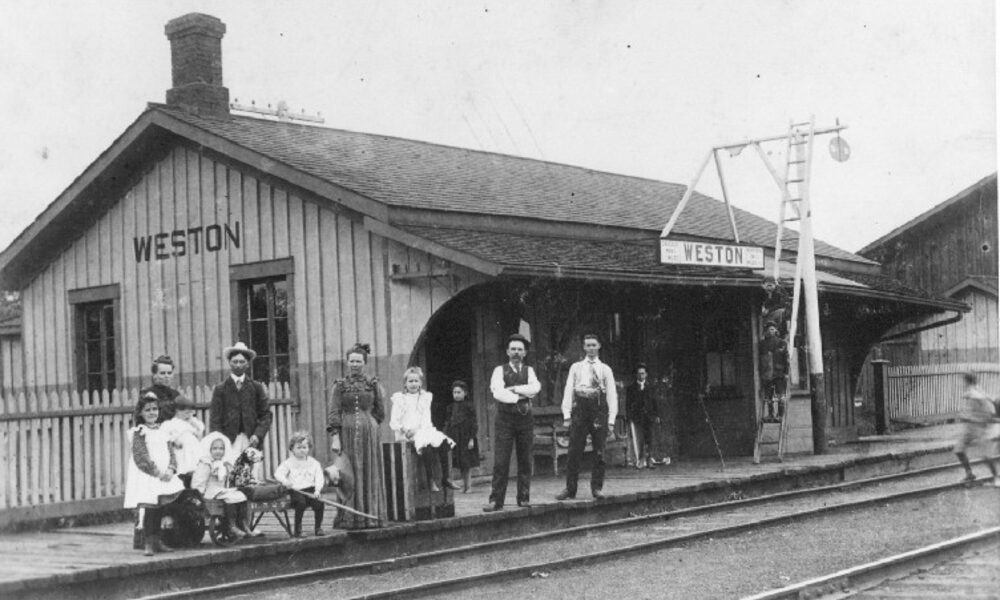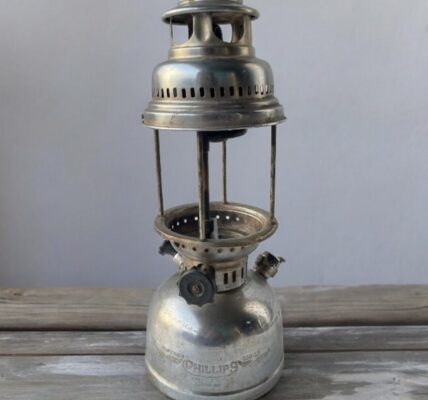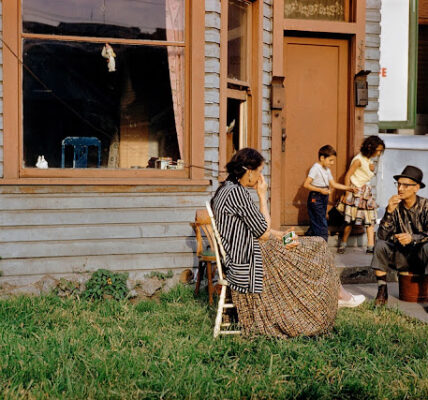 Toronto in the 1900s was a different city from the one we know today. The center of business had moved west of the historical Town of York site and the skyline was undeveloped.
Toronto in the 1900s was a different city from the one we know today. The center of business had moved west of the historical Town of York site and the skyline was undeveloped.
The tallest structures were the Temple Building at 10 stories and the Trader’s Bank Building at 15 stories.
A new downtown to the west of Yonge and King Streets was built. The City of Toronto moved into a new City Hall, built at the head of Bay Street at Queen Street.
Much of this new downtown was destroyed in the Great Toronto Fire of 1904, but it was quickly rebuilt, with new taller buildings.
South of downtown, the railways dominated most of the lands. A new viaduct was built to carry the main lines and eliminate the many at-level crossings.
A single Union Station was built to replace the several railway stations of the rail lines. It sat empty for a while over disagreements between the government and the rail companies.
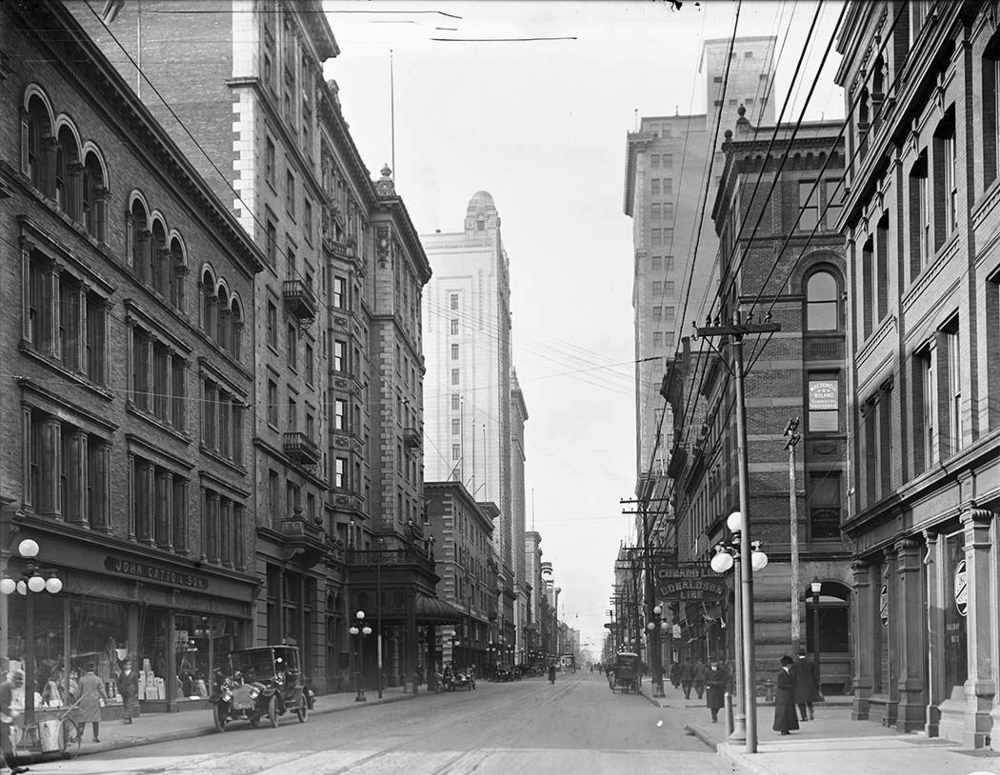
King Street, 1900.
In the late nineteenth century, Toronto welcomed the rise of Victorian architecture, as well as many of its revival styles.
This style of architecture was thought to be more modern, unique, and creative than its successor, characterized by steep gabled roofs, round angles, towers, turrets and dormers, shapely bay windows, stained glass, centric carved woodwork, and bright colored paneling.
This style lent itself well to narrower lots, and thus Victorian-style housing is most abundant in the city’s traditionally middle-class neighborhoods where individual properties were smaller, most notably Cabbagetown, Trinity-Bellwoods, Parkdale, and The Annex.
These neighborhoods hold some of the largest collections of Victorian houses in North America. Specifically, houses constructed in the Annex developed an individual iteration of the Victorian style, called the “Annex Style House”.
This style contained a variety of diverse and eclectic elements borrowed from many different styles. Most distinctively, these houses are built of a mix of brick and sandstone, turrets, domes, and decorative ornamentation.
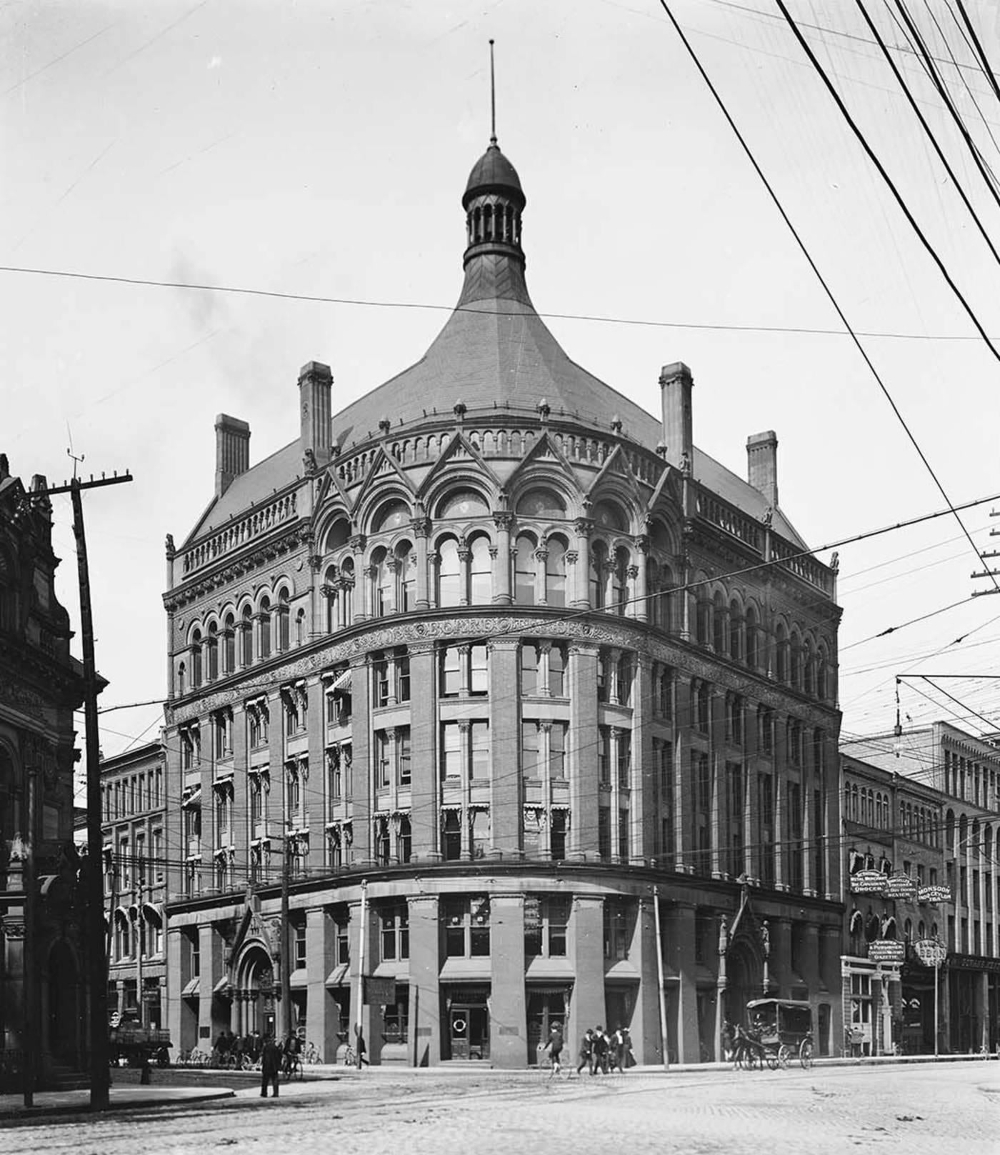
Board of Trade Building, 1900.
The city received new European immigrant groups beginning in the late 19th century into the early 20th century, particularly Germans, French, Italians, and Jews.
They were soon followed by Russians, Poles, and other Eastern European nations, in addition to the Chinese entering from the West.
As the Irish before them, many of these migrants lived in overcrowded shanty-type slums, such as “the Ward,” which was centered on Bay Street, now the heart of the country’s Financial District.
As new migrants began to prosper, they moved to better housing in other areas, in what is now understood to be succession waves of settlement.
Despite its fast-paced growth, by the 1920s, Toronto’s population and economic importance in Canada remained second to the much longer-established Montreal, Quebec.
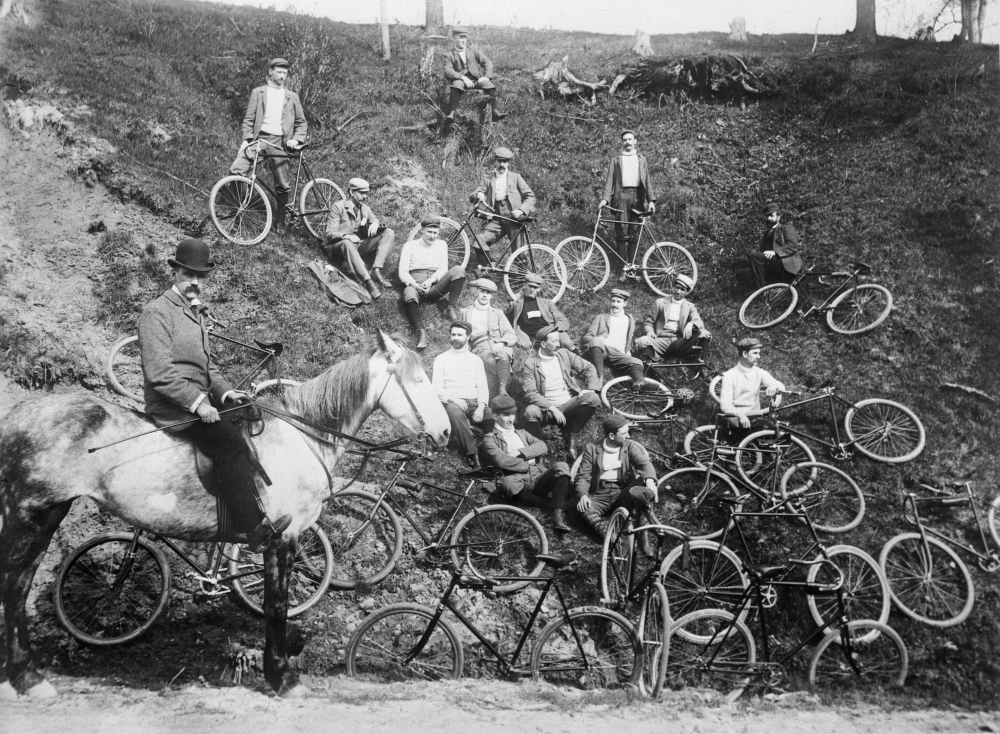
Cycling club, 1900.
The Great Depression of the 1930s reversed the employment trend, with approximately one-fourth of the Toronto population unemployed, and caused severe financial problems for suburban Toronto.
Capital debt payments could not be met, and expenditure on public services—sewage and piped water supply in places remote from the lake, for example—had to be postponed.
However, World War II’s demands for war supplies, and soldiers, soon changed the employment picture. Following the war, and into the 1960s, times were prosperous throughout North America, and Toronto’s economy diversified and boomed, greatly altering the cultural and spatial pattern of the city.
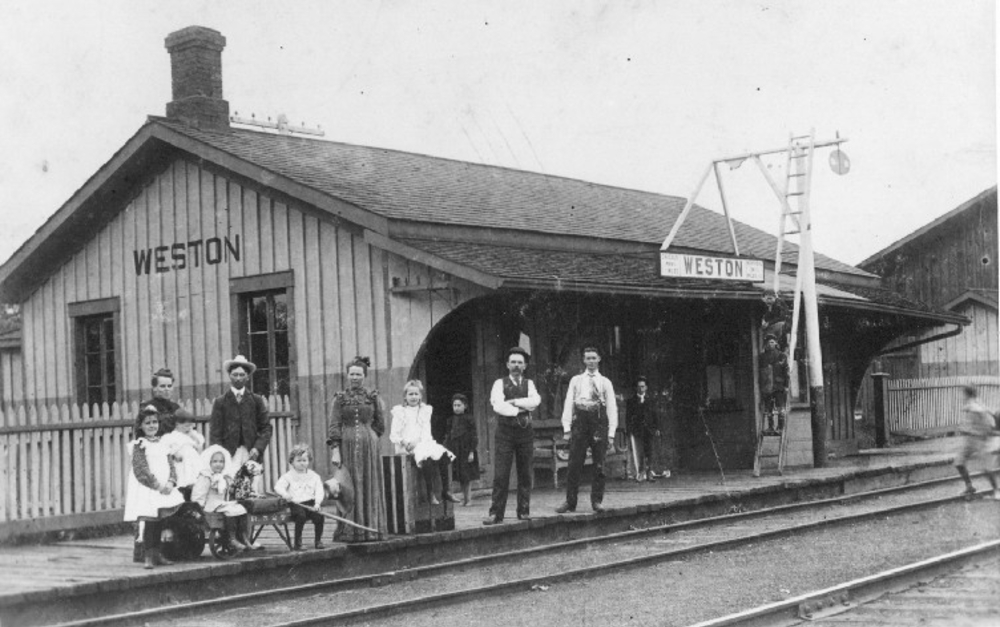
Weston Train Station, 1900.
Other factors after the war included the baby boom, demand for single-family dwellings, and the proliferation of the automobile.
Suburban sprawl was assisted by the increase in road networks and freeways, thereby consuming some of the best agricultural land in the region.
By 1953 a reorganization of local government had been created, along with the Corporation of Metropolitan Toronto, in an attempt to control development in the surrounding regions.
Suburban growth continued and in 1966 new City of Toronto boundaries were drawn, amalgamating 13 communities, with the Metropolitan government still in place.
By the 1976 census, Toronto passed Montreal to become the largest city in Canada, and the gap between these two cities continued to grow.

Eaton’s factory interior, 1901.
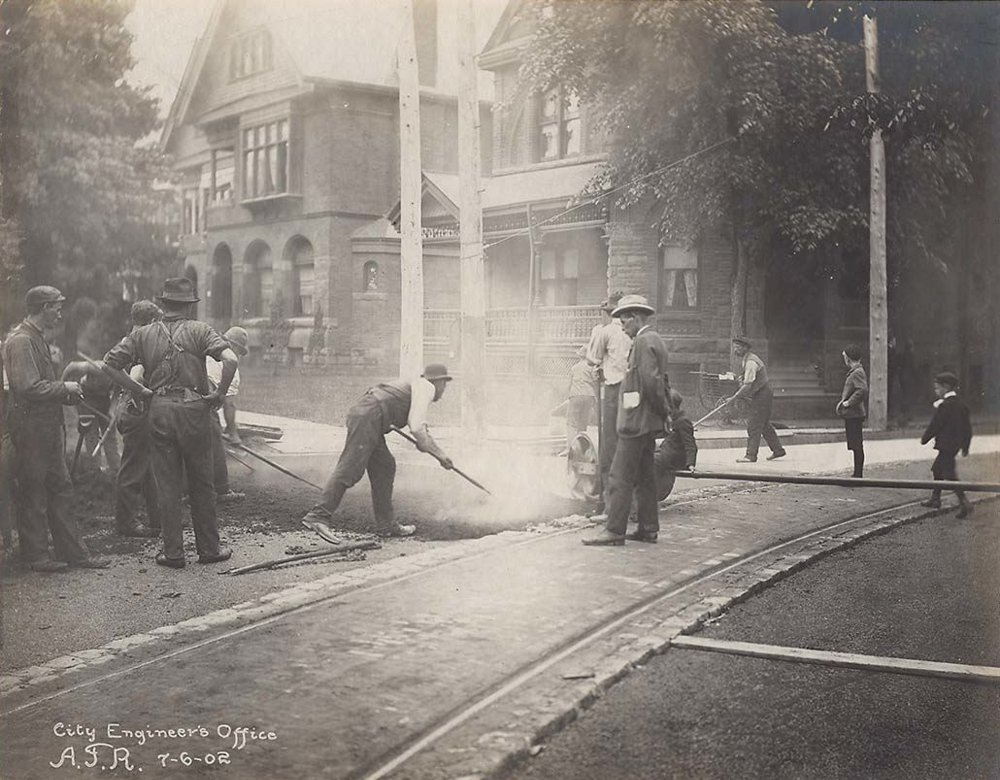
Laying asphalt on Elm Avenue, 1902.
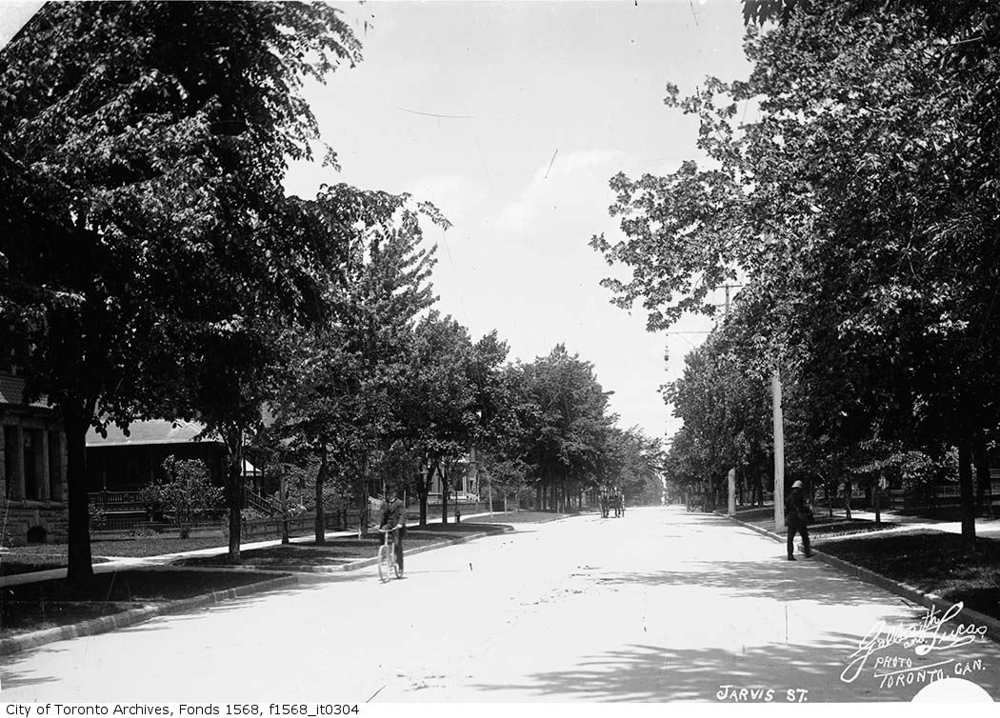
Jarvis Street, 1903.
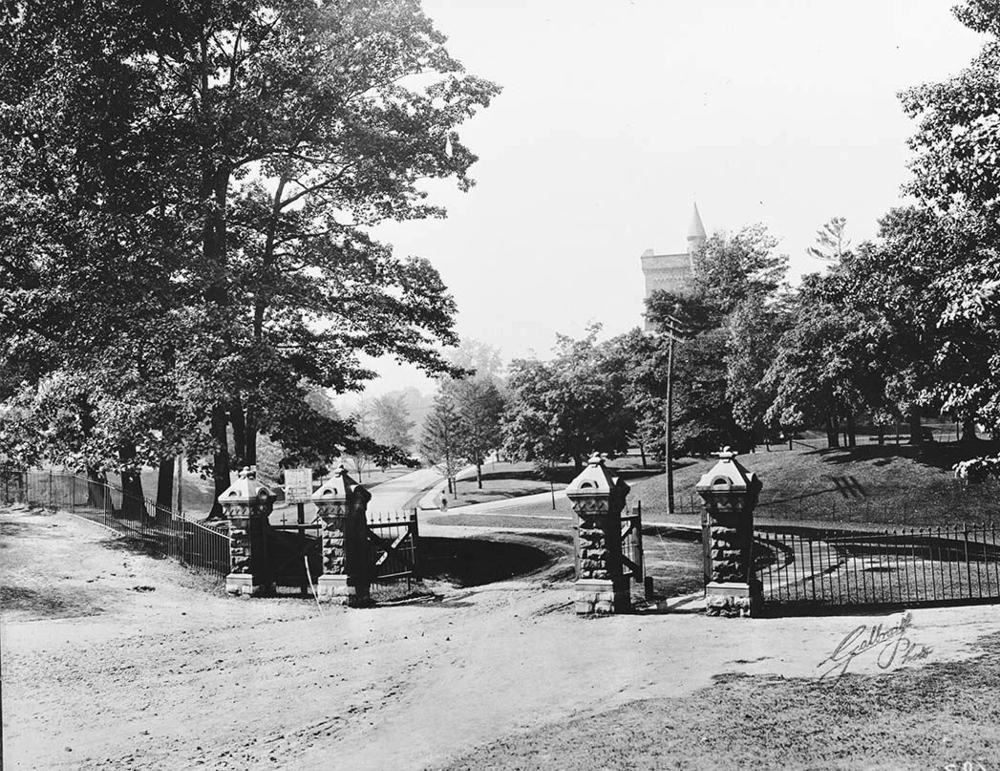
Entrance to U of T campus, 1903.
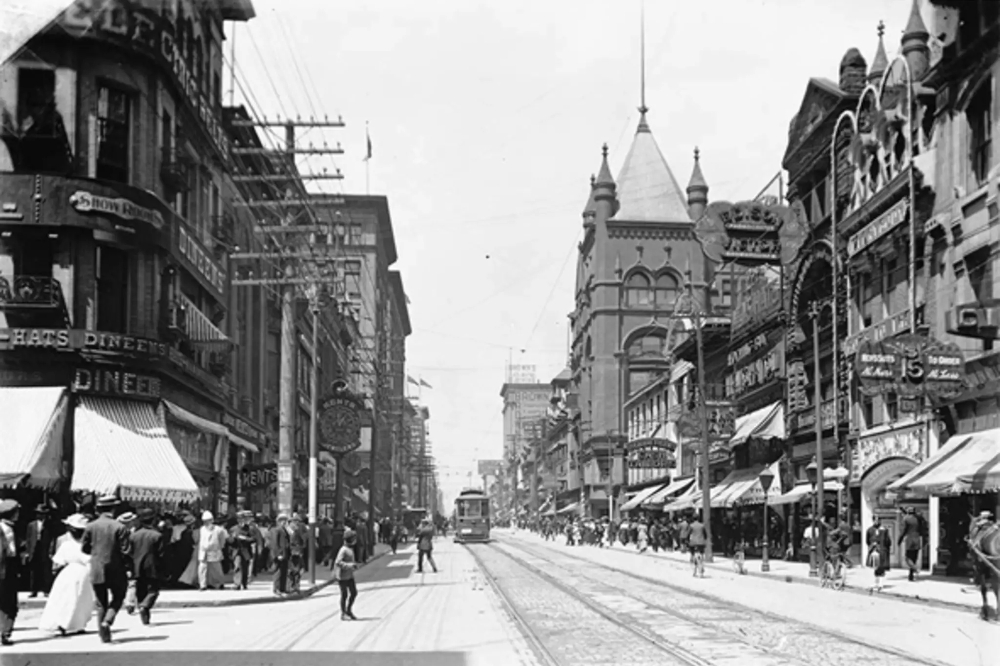
Yonge looking north from Temperance, 1903
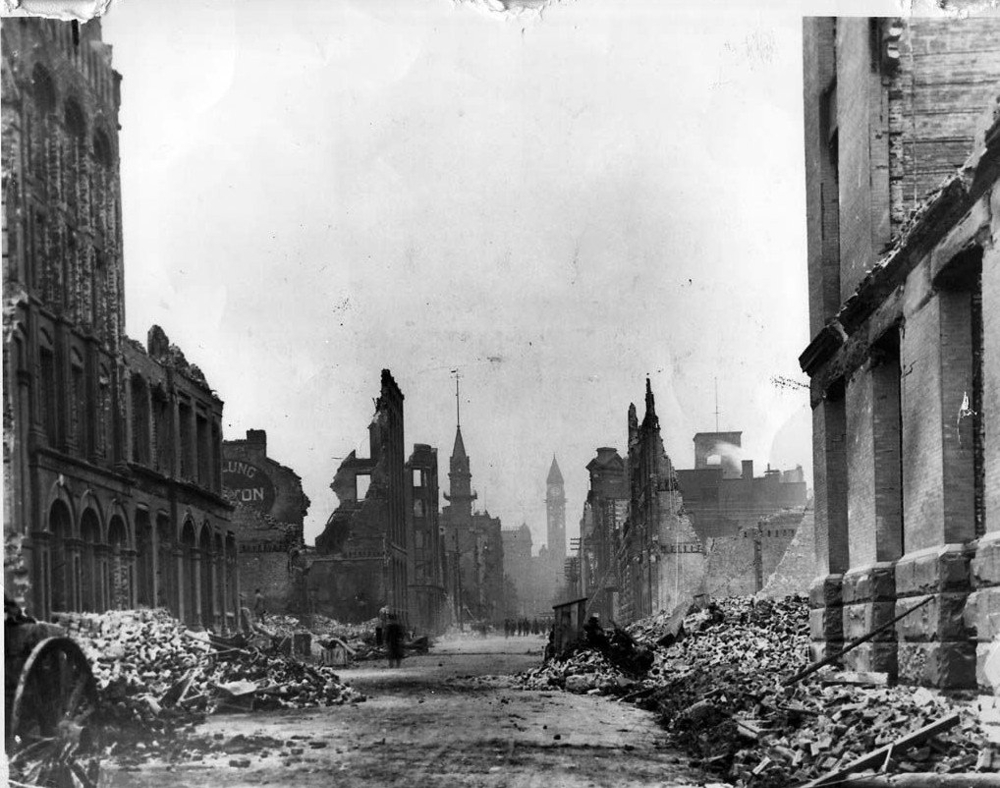
Fire aftermath, 1904.

Fire aftermath, 1904.
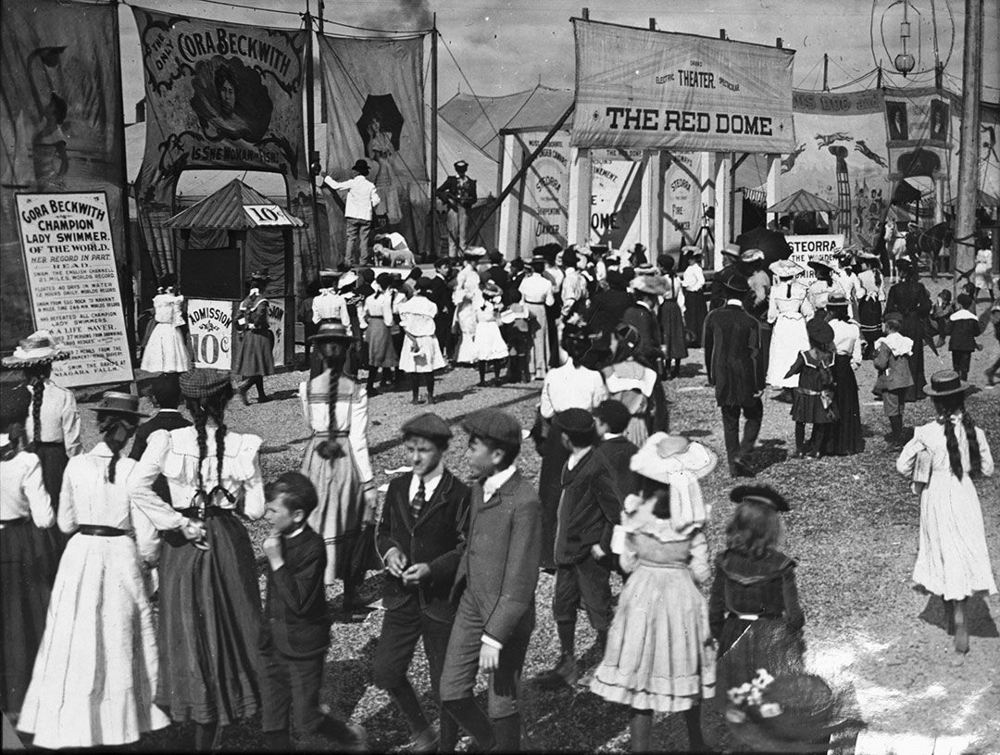
CNE midway, 1904.

Candy department Eaton’s, 1904.
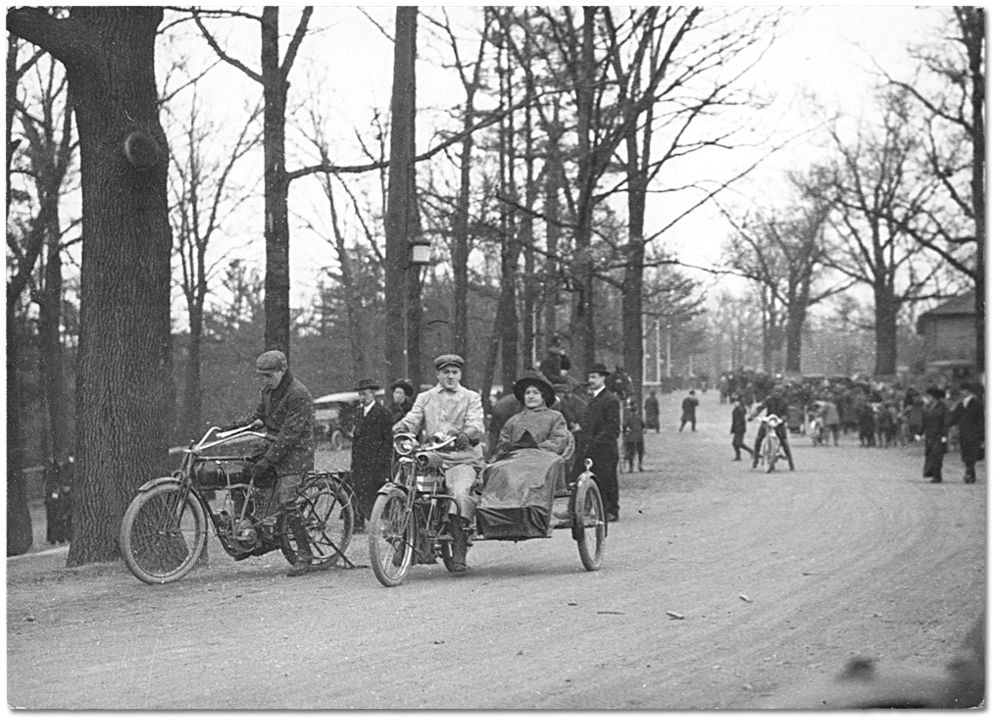
High Park, 1904.
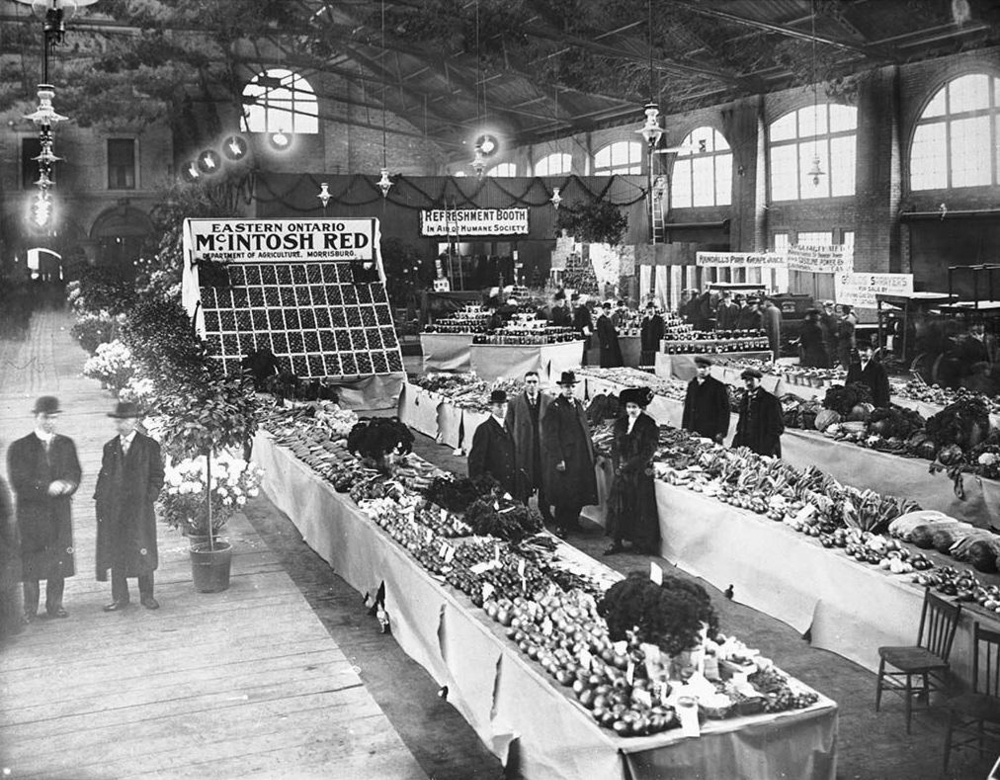
St. Lawrence Market, 1904.
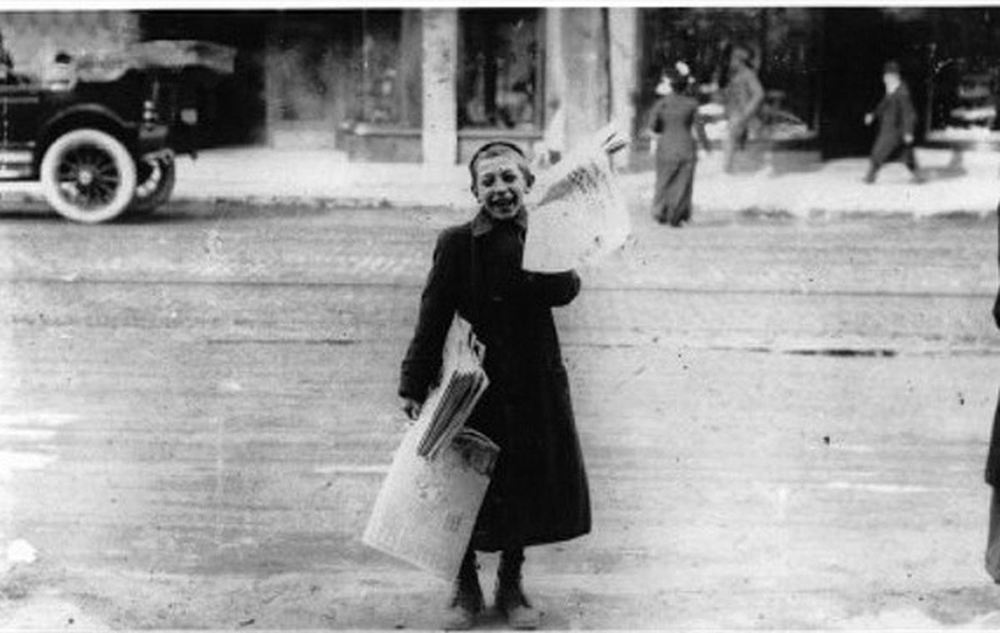
Newsboy, 1905.

Tally Ho showing visitors around the city, 1905.
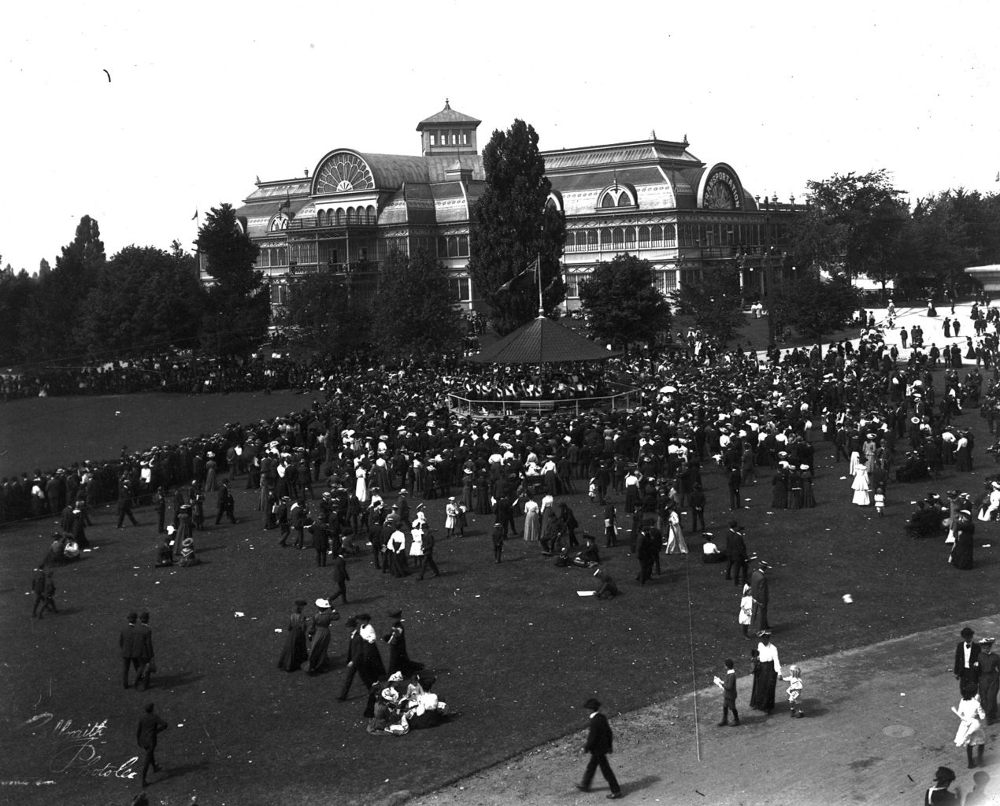
Crystal Palace (later destroyed by fire), 1906.
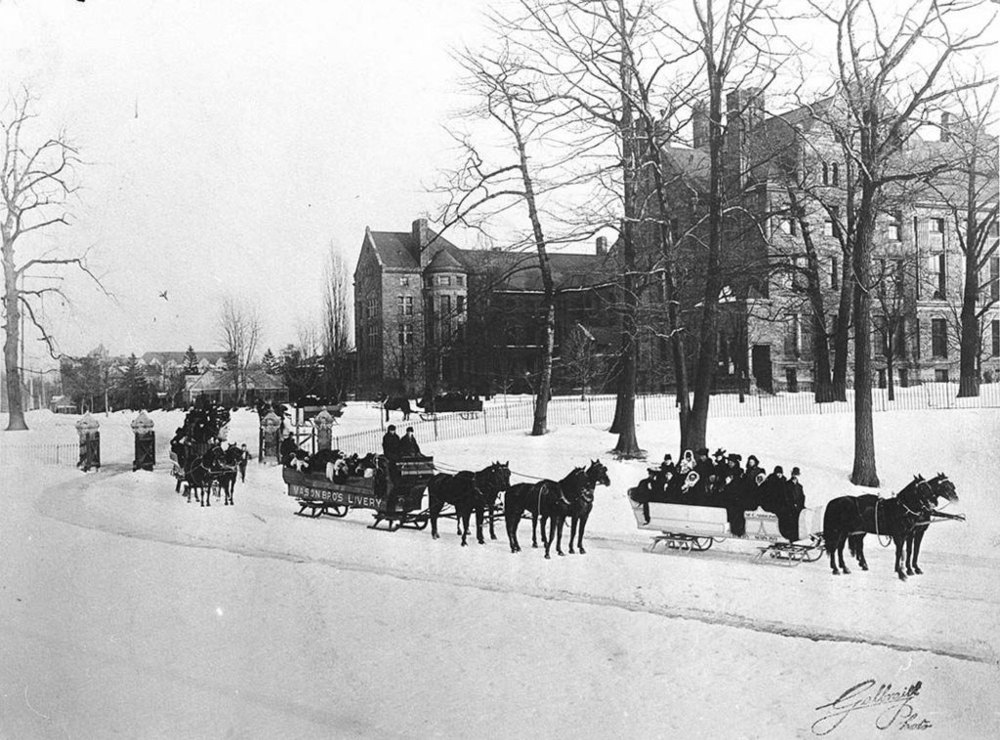
Sleighing at Queen’s Park, 1906.

Yonge and Front, 1906.
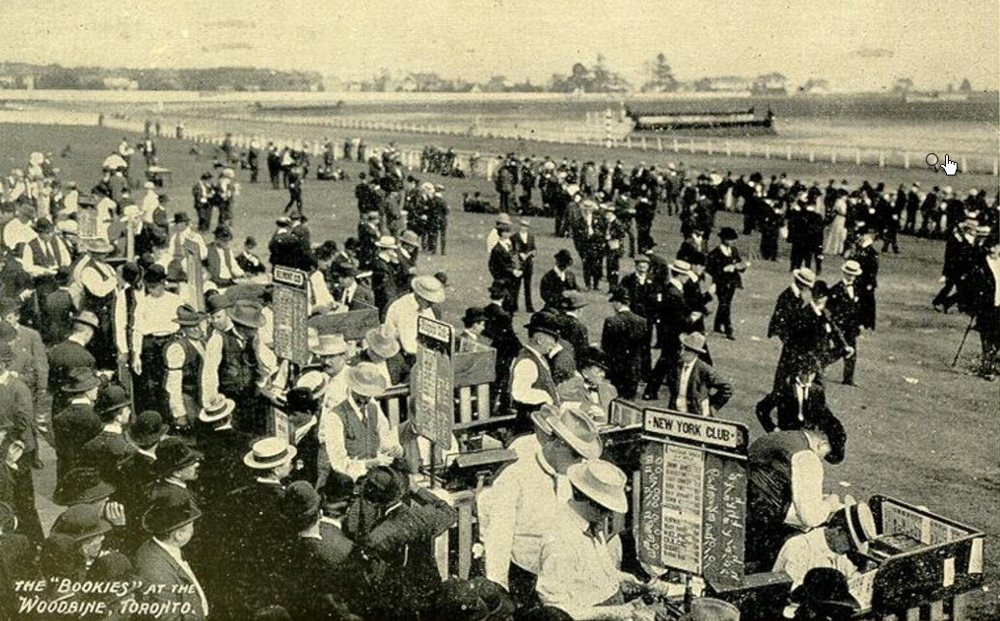
Bookies at Woodbine Race Track (original), 1907.
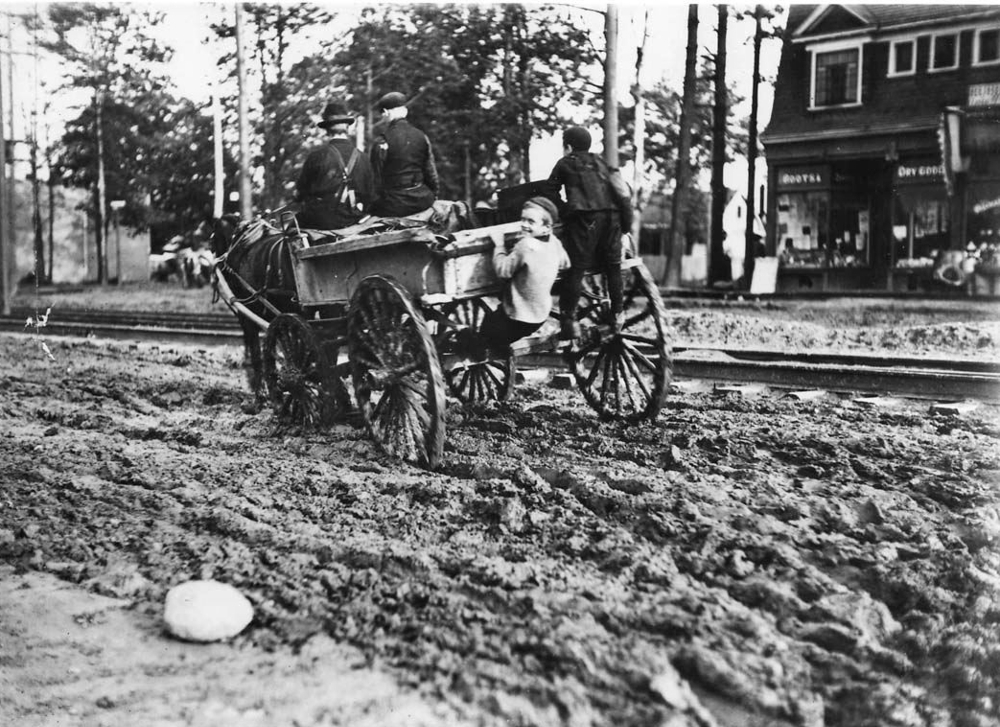
Carriage ride, 1907.

Cycling in Mimico, 1907.
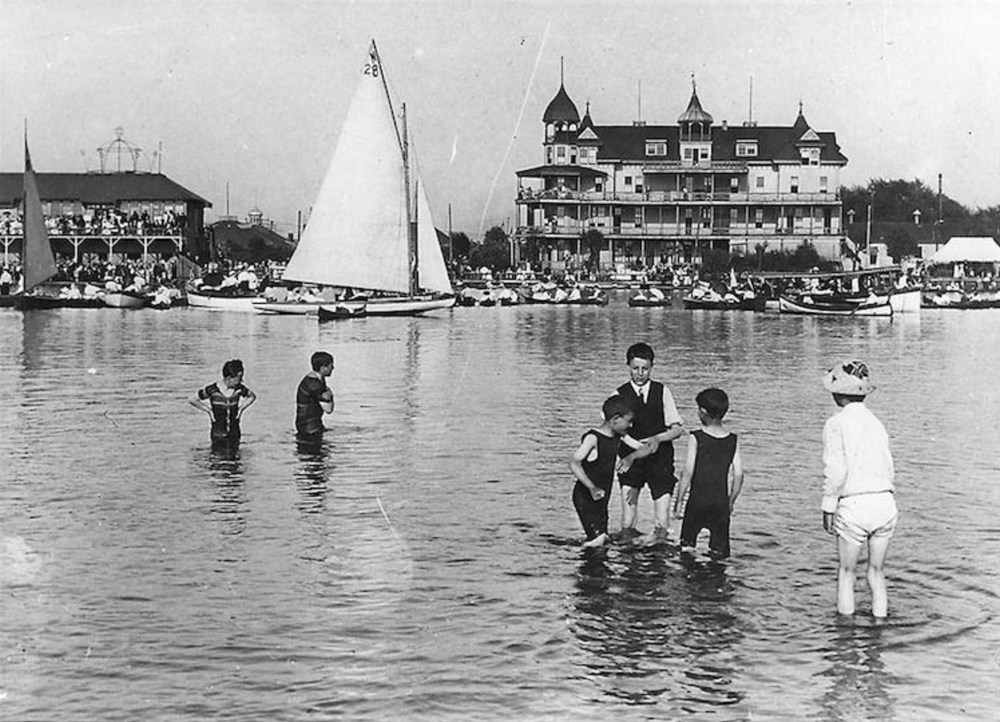
Hanlan’s Point Hotel and Regatta, 1907.
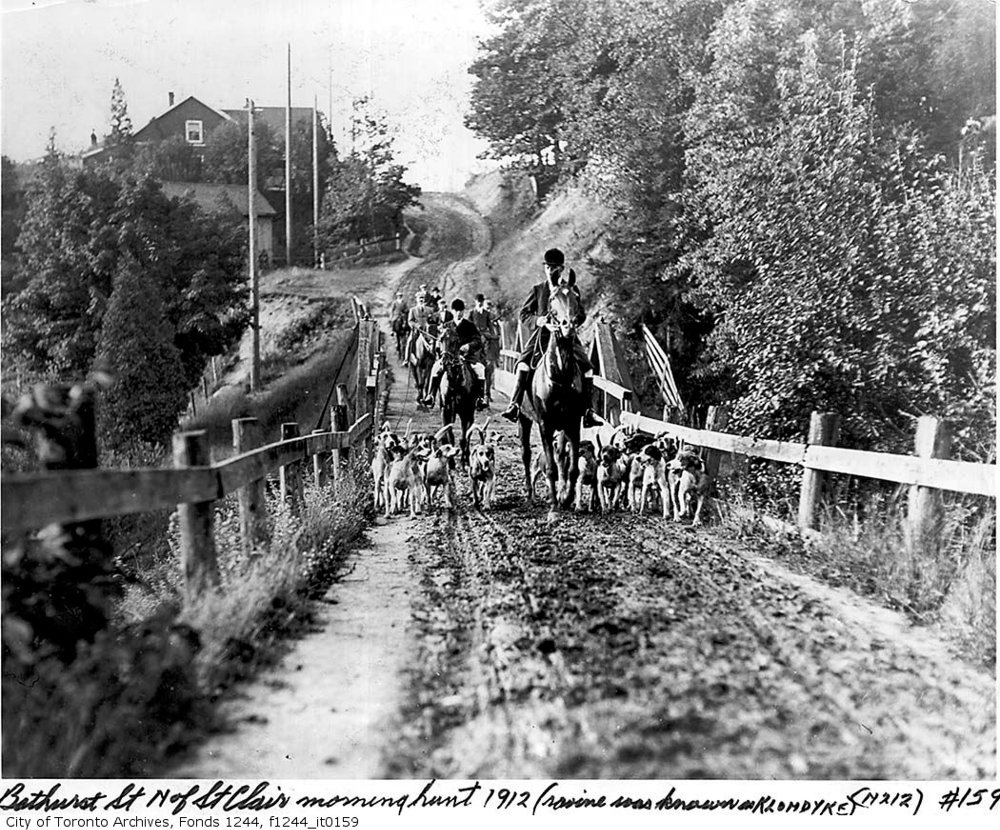
Bathurst north of St. Clair, 1907.

Old (but then new) City Hall, 1907.

Diving Horse at Hanlan’s Point, 1907.
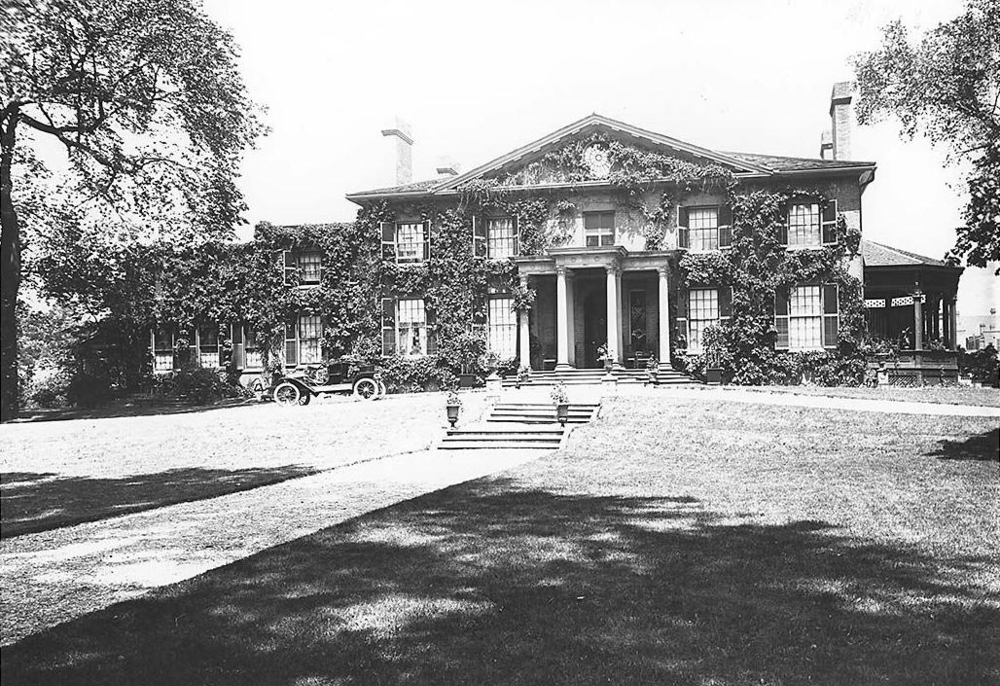
The Grange, 1907.

Confederation Life Building, 1907.

Yonge north of Bloor, 1907.
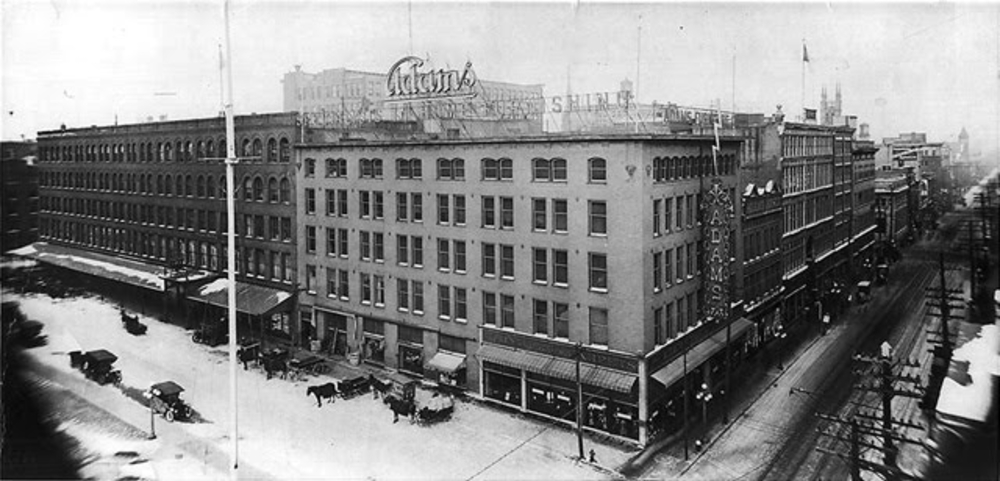
Queen and James, 1908.
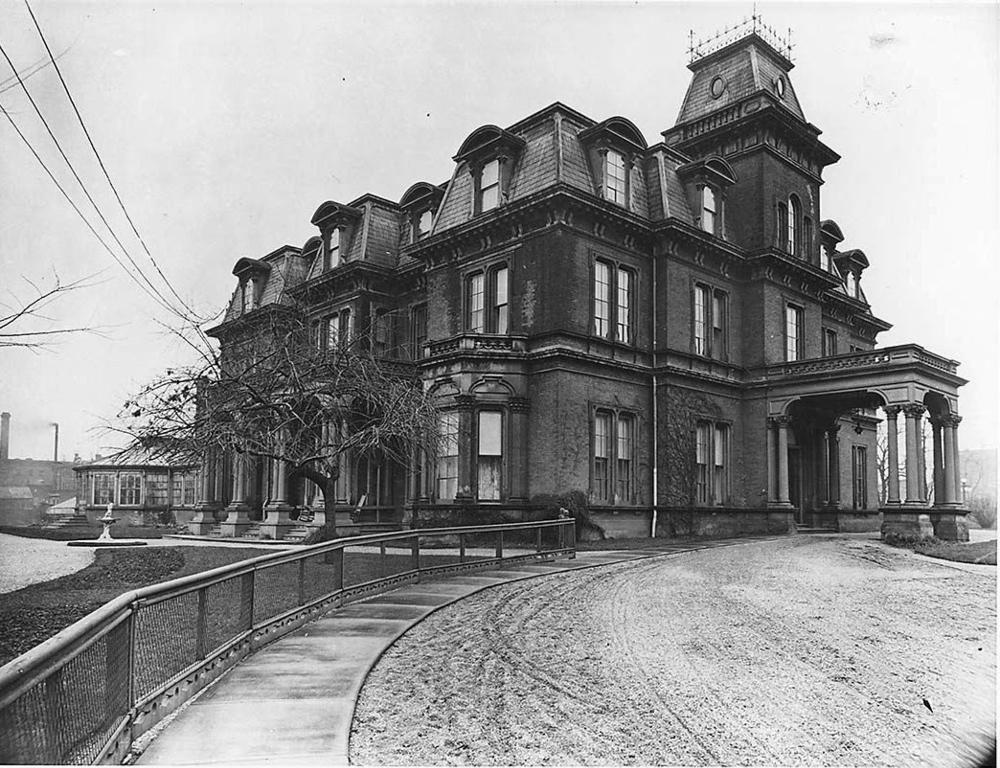
Government House, 1908.
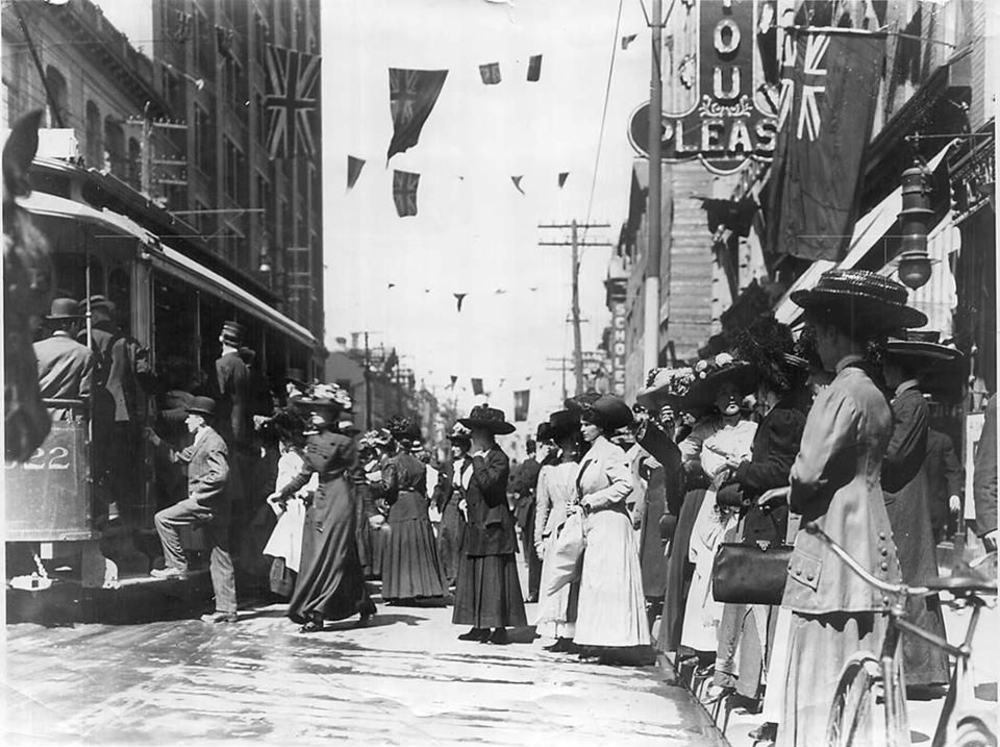
Yonge and Queen, 1908.

Dufferin Racetrack, 1908.

University Avenue (with Queen’s Park in the distance), 1908.
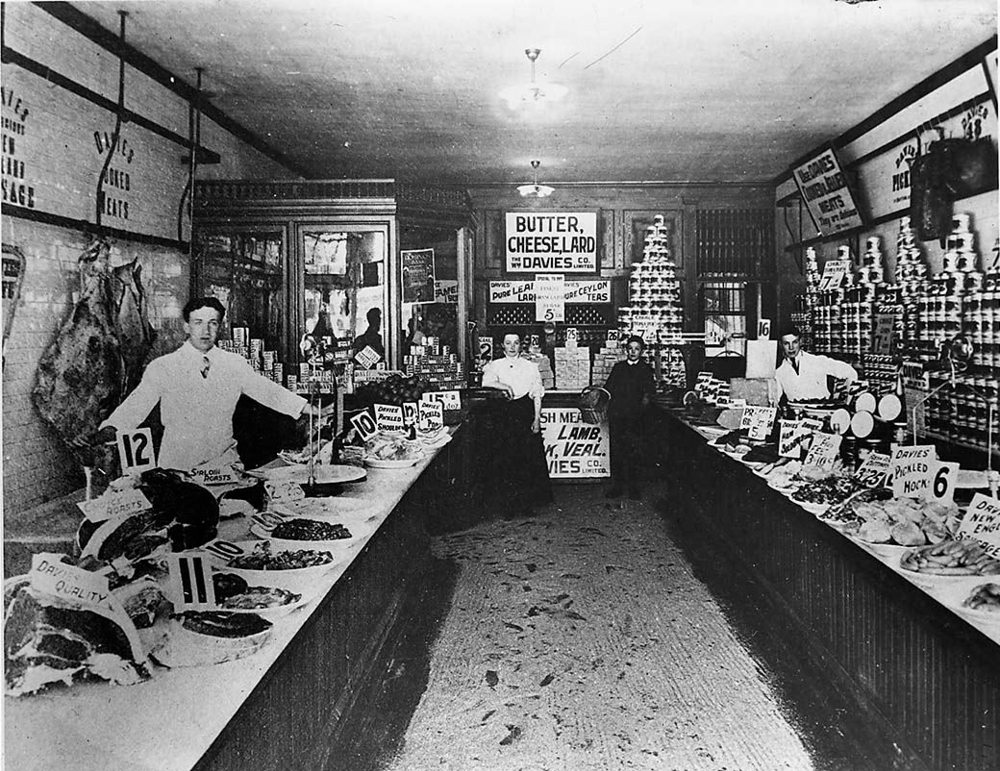
William Davies Store, 1908.
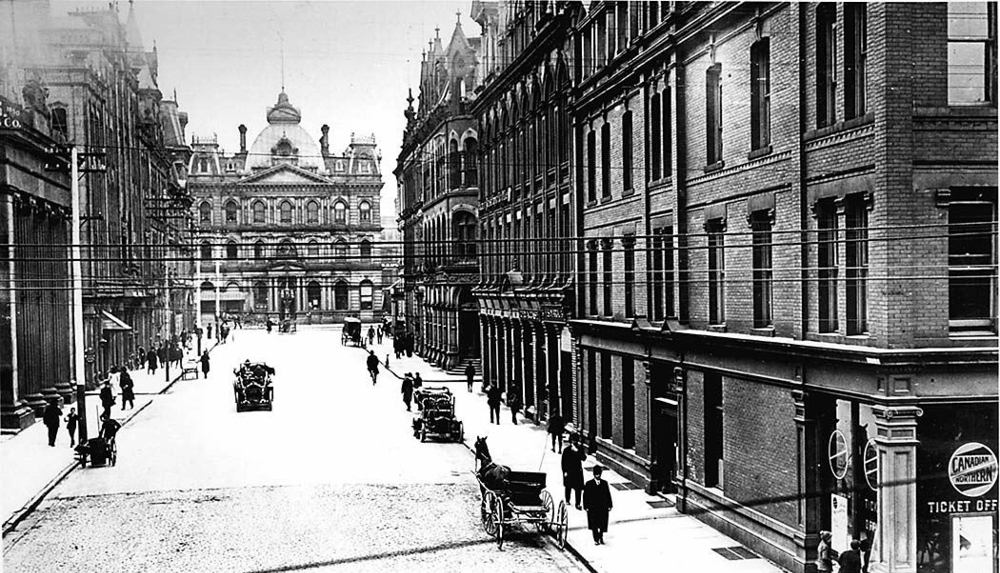
Toronto Street, 1908.
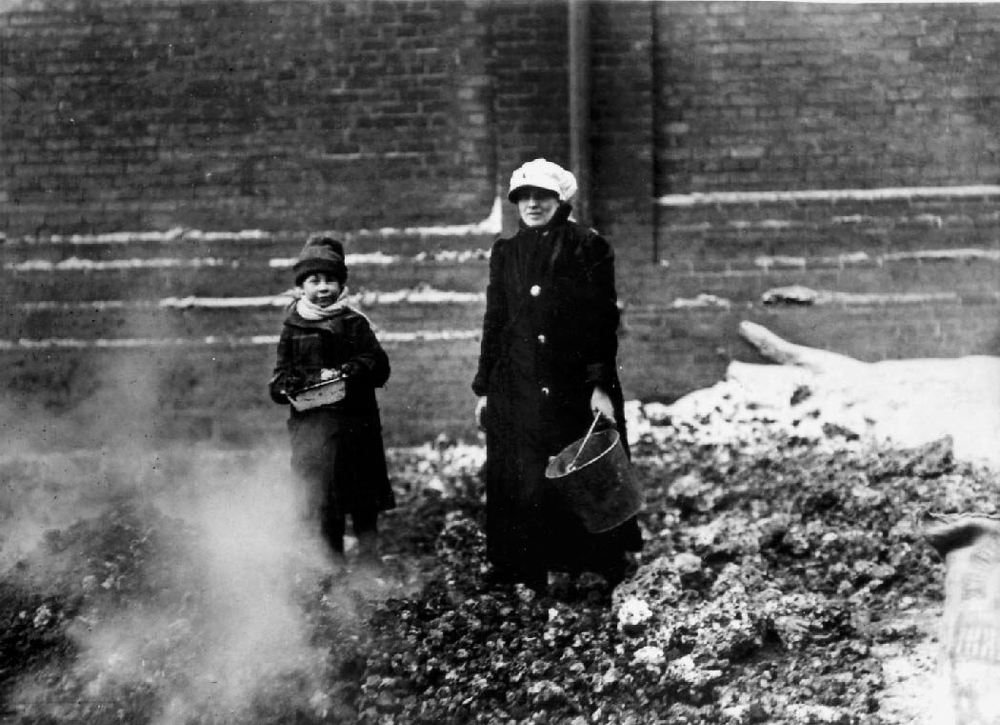
Collecting coal, 1909.
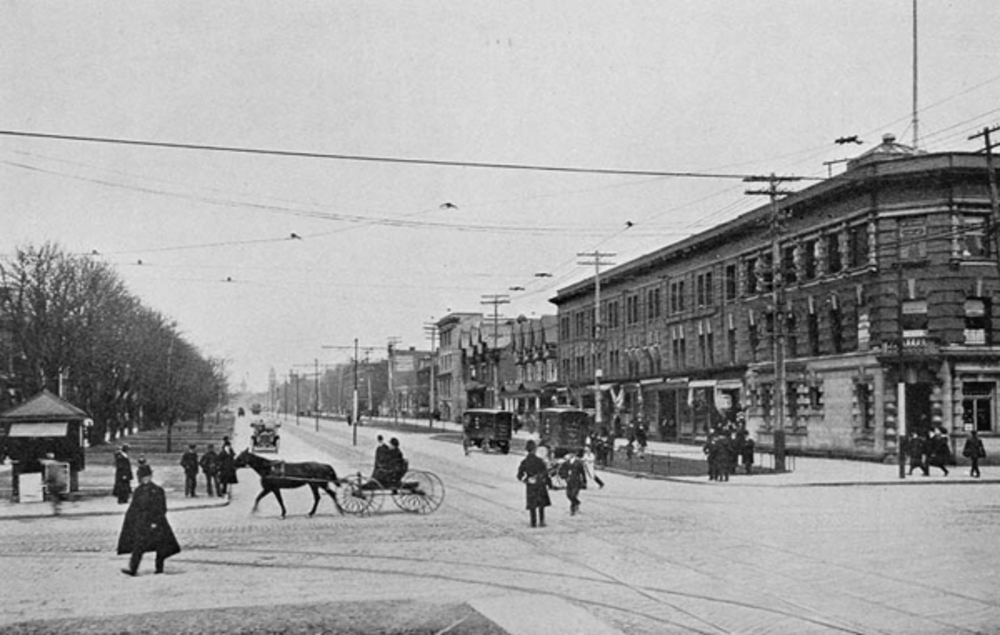
Queen and Spadina, 1909.

Ruins of Hanlan’s Point Hotel, 1909.
(Photo credit: City of Toronto Archives / BlogTO / Wikimedia Commons / Britannica / Flickr).
